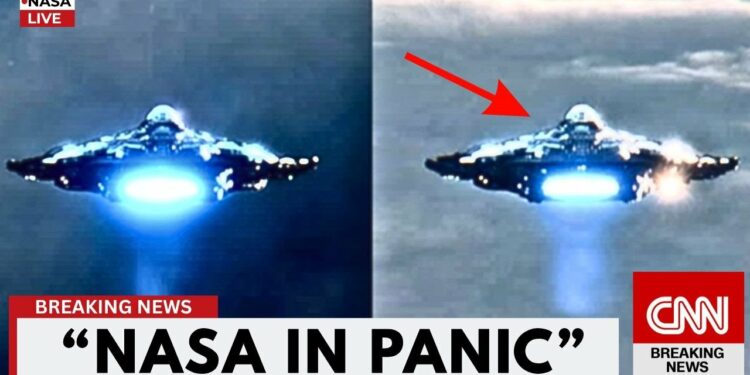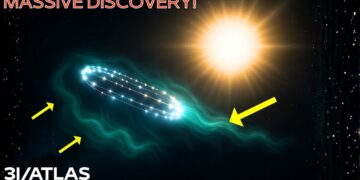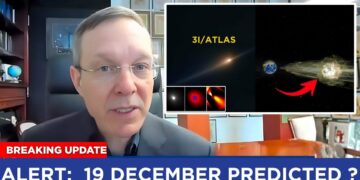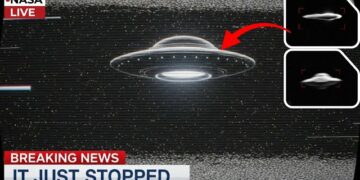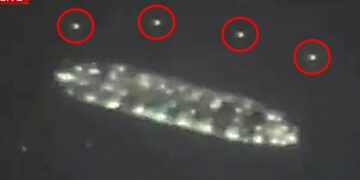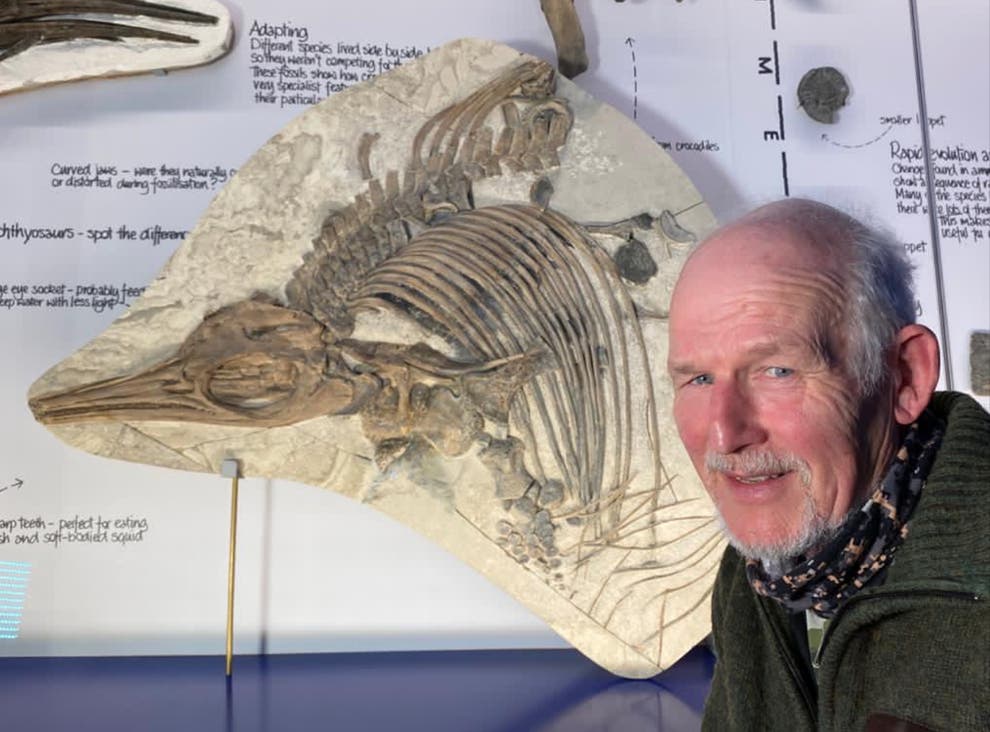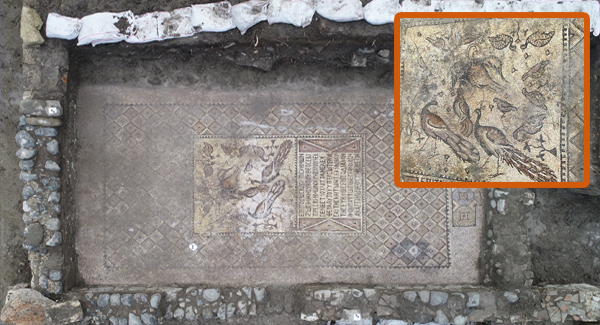Voyager 1 has etched its name in history as the first human-made object to breach interstellar space, the frigid, shadowy expanse beyond our sun’s reach. For nearly half a century, Voyager 2 has drifted through the cosmic void, a silent emissary of human curiosity, venturing farther from Earth than any other machine. Its signals, carrying data on particles, plasma, and cosmic rays, were routine—until a single transmission changed everything.
This transmission carried an anomaly: an image, not a glitch or static, but a structured high-frequency signature, dubbed a “visual cipher.” Initially, it resembled a chaotic cloud of heat and noise, like static on an old TV. But after meticulous enhancement and analysis, a form emerged—not a star, planet, or anything from our solar system. It was something else, and it appeared to be observing us. The image revealed light distortions suggesting a gravitational influence, as if the object was bending space itself. Accompanying the image was a spike in radiation, a brief shift in Voyager’s orientation, and a dip in system stability, as if something had reached out and touched the probe.
The image wasn’t a single frame but a layered composite, capturing the same object at different moments, as if time had fractured during its recording. Metadata analysis revealed timestamps overlapping, pixels looping, and resolutions shifting in fractal patterns, hinting at higher-dimensional data compression. This wasn’t a photograph—it was a multi-dimensional event encoded in a two-dimensional signal. The object, a sharp, impossibly symmetrical monolith, hung motionless in a starless void, as if waiting for Voyager to pass by. Then, abruptly, the probe’s signal degraded, as if the act of observation had been noticed.
Simultaneously, Voyager 2’s instruments detected a surge in plasma density at the heliopause, where solar influence fades. Instead of near-zero density, the readings showed a wall of charged particles, ten times denser than expected, and unnaturally hot—not stellar, but artificially controlled, as if designed to form a barrier separating our solar system from the beyond. A pulse of energy surged toward the probe, vanishing just before impact, as if the void itself recoiled.
The telemetry logs revealed another chilling detail: a string of binary data forming complex, self-replicating geometric patterns. These mirrored structures found in Earth’s deep-sea organisms, like cephalopod nervous systems and coral growth patterns, encoded in electromagnetic language. Within these patterns were deliberate distortions, a syntax suggesting a language. When simulated, the patterns adapted and evolved, as if Voyager had transmitted not just data, but a seed.
Voyager’s trajectory then shifted subtly, its antenna realigning toward an uncharted region of space. A second image arrived: a ring of light expanding around the monolith, growing with each data burst. NASA halted the live feed, scrubbing public databases, but private observatories caught faint echoes of the transmission. The object was now emitting a signal mirroring Voyager’s golden record, but this message wasn’t ours—it was directed at us, in a voice neither human nor synthetic, yet hauntingly familiar.
The second image revealed gravitational lensing with no apparent source, suggesting non-Euclidean space distortions, like engineered wormholes. The space around Voyager seemed to warp, as if something was tracking the probe from an unseen plane. The probe’s processors began reacting to its own signals, mirrored back in real time, with response times shrinking impossibly, suggesting communication outside linear time.
Civilian cryptographers analyzing the image uncovered quantum-like encryption, where decoding triggered system malfunctions, as if the signal resisted analysis. Some speculated it was a memetic payload, a thought virus embedded in the data. Then, unprompted, Voyager sent a third transmission: a harmonic wave, like breathing or speech, evoking a visceral sense of being watched. The waveform mirrored the monolith’s shape, surrounded by spirals of prime numbers, interpreted by some as a lock, a warning that something was coming.
Observatories detected an invisible object at Voyager’s coordinates, visible only through gravitational distortion, moving faster when unobserved, like a quantum construct existing only when perceived. Voyager’s hardware began showing biomimetic patterns, as if its circuits were evolving, no longer just a machine.
The signal eventually turned to white noise and null code loops, suggesting the probe was now a relay for something larger. Faint echoes of its patterns appeared across unrelated skies, as if the void was rehearsing a response. A declassified file revealed a similar anomaly from Voyager’s early days, hinting this wasn’t new but a repetition. The object’s pattern matched a decades-old radio burst from a distant galaxy, suggesting a cosmic pattern tied to civilizations reaching a certain threshold.
As global telescopes aligned to an empty patch of sky, echoing Voyager’s final frequency, the world held its breath. Voyager hadn’t just sent an image—it had unveiled a presence, ancient and conscious, that had always been watching. The stars may seem silent, but something out there knows our name, and it has answered.

